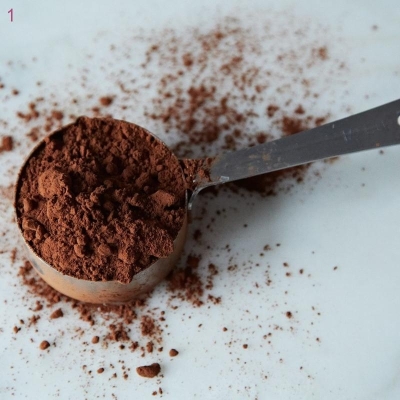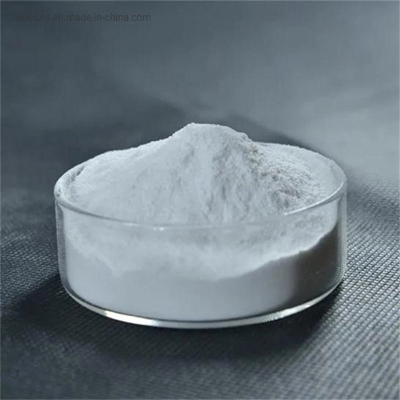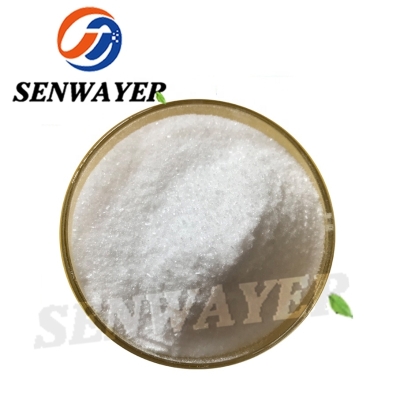Simaroubaceae
-
Last Update: 2021-01-11
-
Source: Internet
-
Author: User
Search more information of high quality chemicals, good prices and reliable suppliers, visit
www.echemi.com
1 new section of the Geminal Leaf Plant
Gang. trees or shrubs, bark sometimes extremely bitter. Leaves are born to each other, thin to life, feathery compound leaves, thin only one leaf. Flower sequence, total or conical flower sequence, flower small, monosexual heterogeneous strains or hybrids, rare for both sexes, slugs
3
to
5
cleavage, divorce or cone, cladding or cleavage arrangement, petals
3
to
5
(to
7
), mostly separated, rare, or co-generation tube, flower plate sputum or cup, male with petals or
2
times, pour
2
rounds, flower separation
; Or more, the central axis fetal seat, the perennial part of the heart skin is away, and only by the flower column or column head joint, column head-shaped, sub-core fruit orfruit, or winged fruit, seed often single, with endosperm or no, embryo straight or curved. A
20
species of
120
species, produced in tropical and subtropical regions of the world, mainly distributed in the American tropics, followed by tropical West Africa. There are
4
species in China,
10
species, produced in the provinces south of the Yangtze River, individual species distributed to north and south-east China.undergraduate and fennel are very similar, only no oil glands, flowers have a clear monosexual tendency. The representative species are:of crows produced in Fujian, Taiwan, Guangdong, Guangxi and southern Yunnan. Adaptable, from the seashore to the
1000
meters above sea level in the mountains or dredging forest can grow well. India to Oceania is also across. For evergreen shrubs or small trees, high
1.5
to
3
(to
8
) meters, young branches are yellow fluffy, odd plume-shaped compound leaves, mutual growth, long
2 0
40
cm, small leaves
7
, thin
5
to
11
, egg-shaped needle-shaped,
5
-
10
cm, width
2
to
4
cm, the base is often skewed, the edge has rough jagged, conical flower sequence, female and male, small flowers, dark purple,
4
cracking, petals
4
, male
4
, born outside the flower plate, sub-room
4
deep cracking, nuclear fruit spheroid, black, with protruding mesh. Pollen spheroid. The polar profile is nearly circular and the side is wide oval. With
3
, the trench is slender, the hole is long, and the two cross." The outer wall is two layers thick. Fine particles. The main ingredients in the fruit are
yataneside C
22 H
32 O
7 ), which has special effects for treating amiba dysentery and also malaria, chicken eyes and warts.wood is distributedprovinces and regions south of China's Yellow River basin. Magpies are born on wet and fertile hillsides, forest edges or roadsides. For shrubs or small trees, up to
10
meters, small branches with yellow skin holes, odd plume-like compound leaves,
20
to
30
cm long, small leaves
9
to
15
, egg-shaped, long
4
-
10
box meters, width
2
to
4
cm, poly-umbrella flower sequence, flower hybrids, yellow-green, nuclear fruit inverted egg shape,
3
to
4
consonant, blue to red, sage. Stems contain bitter glycosides (
quassin
,
C
22 H
30 O
6 ) and bitter wood (
picrasmin
,
C23H32O6
) for bitter wood. Stems, skins are extremely bitter and poisonous. It is also a well-known pesticide in gardening, which can also diarrhea hot, insecticidal treatment.skunksin China, except north of Qianshan, Liaoning Province, and Hainan Island, all over the country have . Often planted in the city or roadside for garden landscape trees and road trees. A pioneer tree species that can be planted as a desert mountain in north China. For deciduous trees, height
10
to
30
meters, odd plume-like compound leaves, leaf shaft length
30
to
90
cm, small leaves
6
12
pairs, egg-shaped needle-shaped,
7
to
13
cm, width
3
to
4
2 cm, full edge, near the base on both sides have ancestral jagged
1
to
2
pairs, the top of the tooth has a gland below, small flowers, hybrid, lined up in multi-branch conical sequence, sub-room for
5
skin, column head
5
cracked, wing fruit long round oval shape, length
3
to
5
cm, seeds
1
pieces, located near the middle of the wing fruit. Pollen spheroid to flat spherical. The polar contours are nearly triangular, with
3
holes and grooves, with fine mesh. Magpie tree species, resistant to drought and alkaline land, grow well on barren, slightly acidic, neutral and rocky soils. Seeds contain 37
%
and seed kernels contain
57
%. Oil can be used as precision instrument lubricants or edible. Grow fast, for a good afforestation and wood tree species.。
This article is an English version of an article which is originally in the Chinese language on echemi.com and is provided for information purposes only.
This website makes no representation or warranty of any kind, either expressed or implied, as to the accuracy, completeness ownership or reliability of
the article or any translations thereof. If you have any concerns or complaints relating to the article, please send an email, providing a detailed
description of the concern or complaint, to
service@echemi.com. A staff member will contact you within 5 working days. Once verified, infringing content
will be removed immediately.







